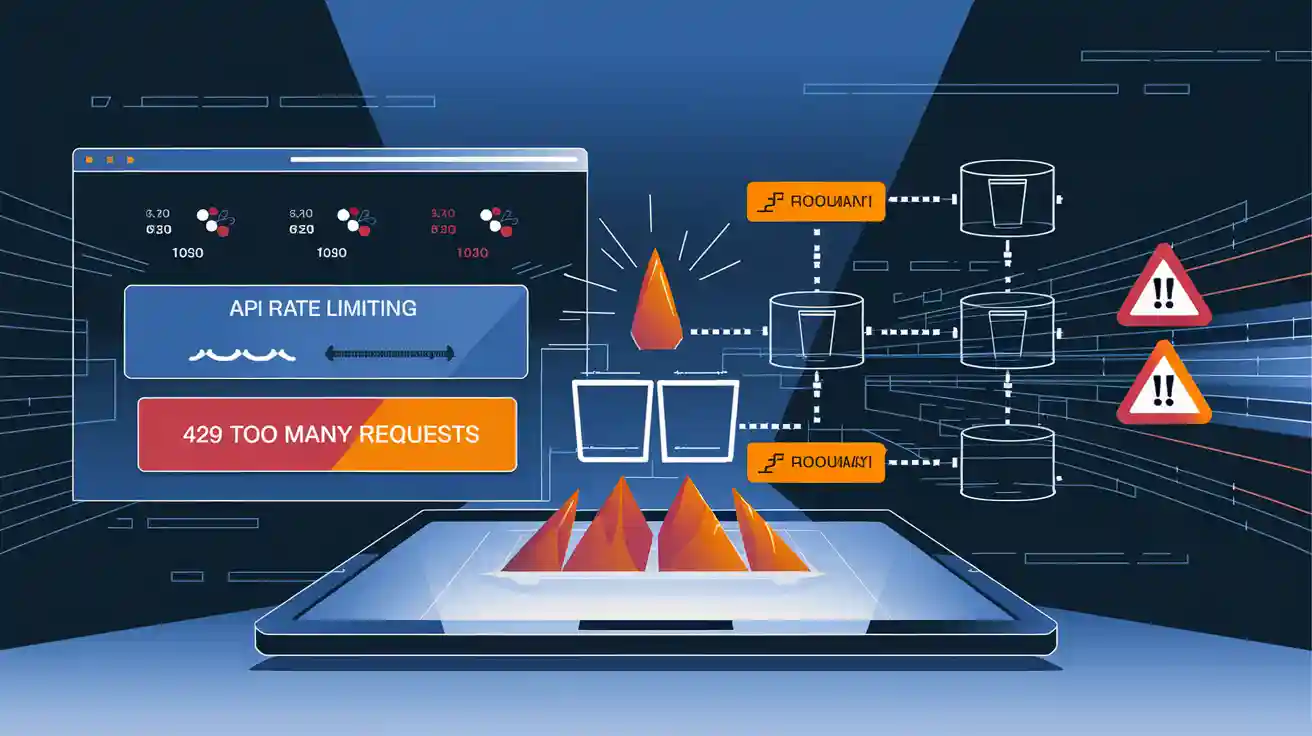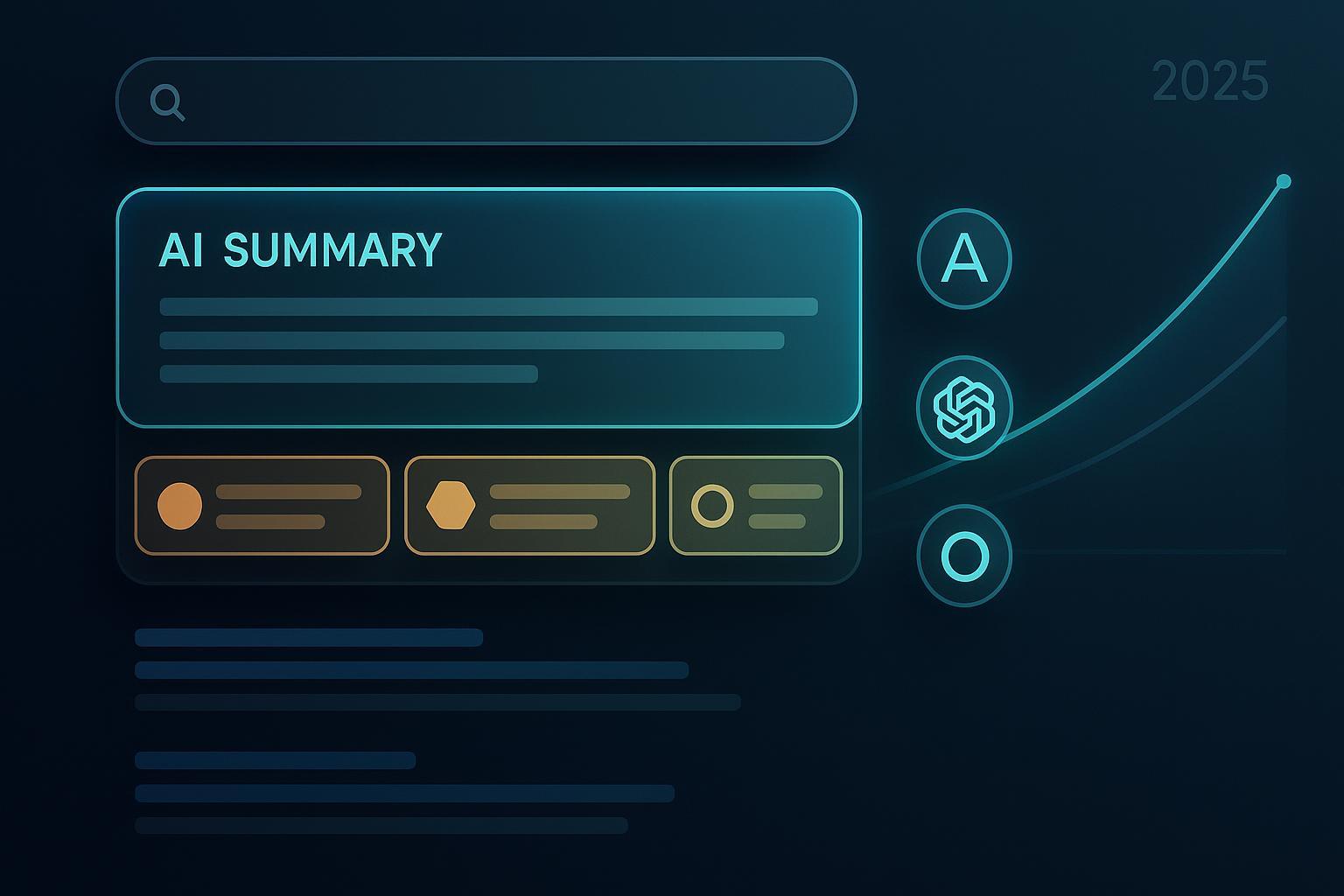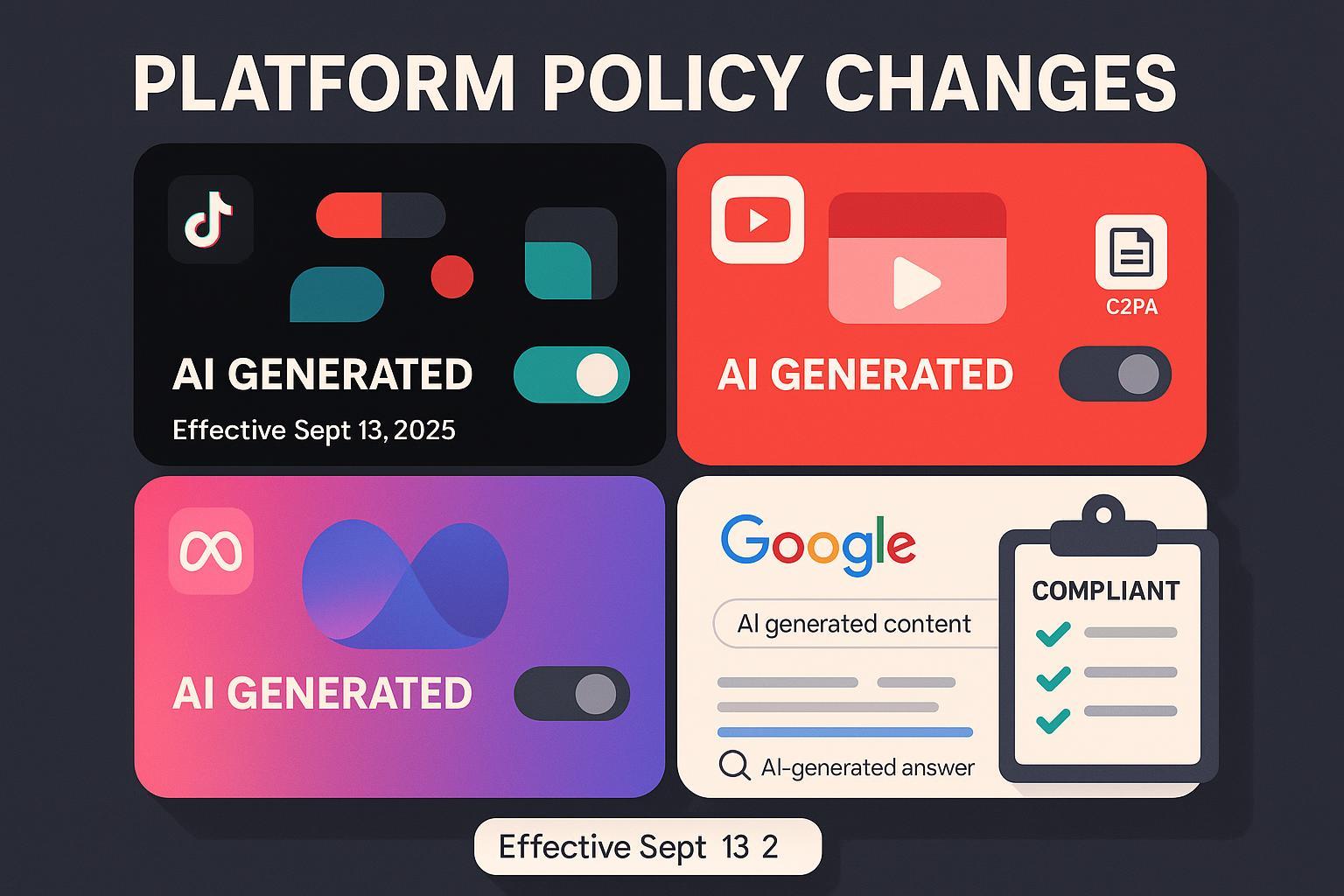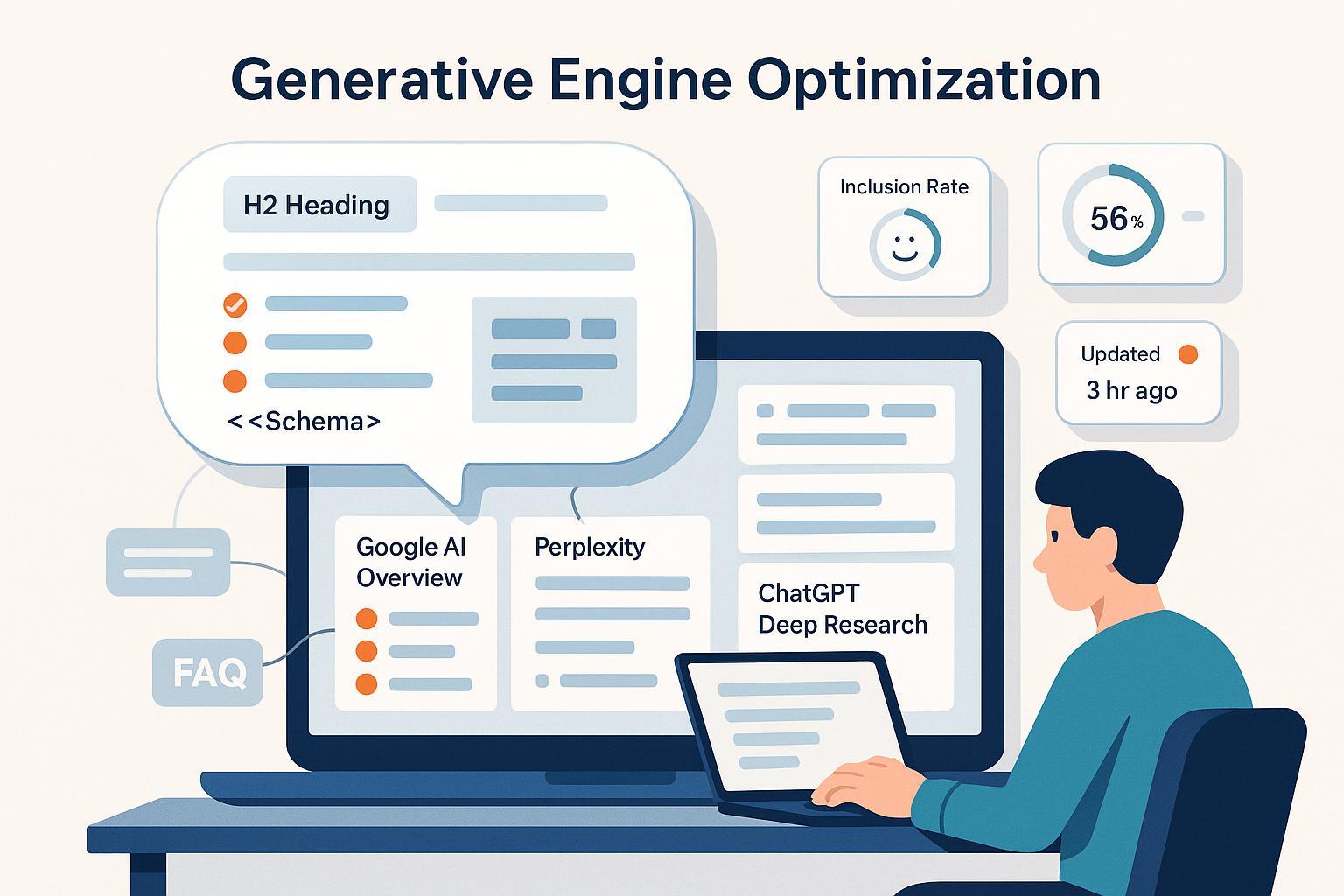What is Rate Limiting? API Rate Limiting Definition, Algorithms & AI Search Applications
Discover what Rate Limiting is, how API rate limiting works, and why it matters for digital marketing, SEO, and AI search monitoring. Learn key algorithms (Token Bucket, Leaky Bucket), best practices, and how platforms like Geneo help brands adapt to rate limiting across Google, OpenAI, and Perplexity. Understand Rate Limiting's role in system stability, fair resource allocation, and data compliance.


One-Sentence Definition
Rate Limiting is a technique used to control the number of requests a client can make to an API or service within a specific time frame, ensuring system stability, fair resource allocation, and protection against abuse.
Detailed Explanation
At its core, rate limiting sets a maximum number of requests that a user, application, or IP address can make to a server or API in a given period (such as per second, minute, or hour). When this threshold is exceeded, further requests are either blocked, delayed, or receive a specific error response (commonly HTTP 429: Too Many Requests). This mechanism is essential for preventing server overload, ensuring fair usage among all clients, and defending against malicious activities like denial-of-service (DoS) attacks or automated scraping.
Rate limiting can be implemented using various algorithms, including:
- Token Bucket: Requests are allowed if tokens are available in a virtual bucket, which refills at a fixed rate.
- Leaky Bucket: Requests are processed at a steady rate, with excess requests queued or dropped.
- Fixed/Sliding Window: Limits are enforced based on the number of requests in a fixed or rolling time window.
These strategies can be static (fixed thresholds) or dynamic (adapting to real-time load), and are applied at different granularities—per user, per API key, per IP, or per endpoint.
For a comprehensive academic overview, see API Rate Limit Adoption -- A pattern collection (ACM, 2023).
Key Components of Rate Limiting
- Thresholds: The maximum number of requests allowed per time window.
- Granularity: The level at which limits are enforced (user, IP, API key, endpoint).
- Enforcement Mechanism: How the system tracks and blocks or delays excess requests (e.g., response headers, error codes).
- Feedback: Communicating remaining quota to clients via headers like
X-RateLimit-RemainingandRetry-After. - Algorithms: Token Bucket, Leaky Bucket, Fixed/Sliding Window, and points-based systems for complex APIs.
Real-World Applications
1. AI Search Monitoring & Digital Marketing
- Platforms like Geneo monitor brand visibility and content across AI-powered search engines (e.g., ChatGPT, Google AI Overview, Perplexity). Rate limiting directly impacts how frequently these platforms can query APIs for up-to-date insights.
- For SEO and data scraping, respecting rate limits is crucial to avoid IP bans and ensure continuous data collection. Techniques such as rotating proxies, random delays, and monitoring API response headers help maintain compliance and efficiency.
2. API Integration & Automation
- SaaS products, mobile apps, and enterprise systems rely on third-party APIs for data and automation. Rate limiting ensures that no single client can degrade service for others, and helps API providers manage infrastructure costs.
3. Security & Abuse Prevention
- Rate limiting is a frontline defense against DDoS attacks, brute-force login attempts, and bot-driven abuse. By capping request rates, systems can maintain availability and protect sensitive resources.
Example: If a brand monitoring tool like Geneo is set to track mentions across multiple AI search platforms, it must adapt its query frequency to each platform’s rate limiting policy. Exceeding these limits can result in temporary blocks or incomplete data, so Geneo leverages real-time monitoring and adaptive scheduling to optimize data collection while staying compliant.
Related Concepts
- Throttling: Dynamically adjusting the speed of requests, often to smooth out bursts rather than enforce a hard cap.
- Quota: The total number of requests allowed over a longer period (e.g., per day or month).
- Crawling: Automated data extraction from websites or APIs, often subject to rate limiting.
- Bot Detection: Identifying and managing automated traffic, often in conjunction with rate limiting.
For a technical deep dive into rate limiting algorithms and best practices, see Rate Limiter — System Design (Medium).
Visual Guide: How Rate Limiting Works
- API Request → Rate Limiter (checks quota) →
- If under limit: Request processed
- If over limit: HTTP 429 error or delayed/blocked
- Feedback: Client receives headers indicating remaining quota and reset time
Best Practices & Platform Differences
- Always monitor API response headers for rate limit status.
- Implement exponential backoff or request queuing when limits are reached.
- Understand that platforms like Google, OpenAI, and Perplexity have distinct rate limiting policies—review their documentation and adjust your integration accordingly.
- Use tools like Geneo to track, analyze, and optimize your API usage across multiple platforms, ensuring compliance and maximizing data coverage.
Further Reading & Resources
- API Rate Limit Adoption -- A pattern collection (ACM, 2023)
- How to Bypass Rate Limiting When Web Scraping (Scrapeless)
- API Rate Limits Explained: Best Practices for 2025 (Orq.ai)
Geneo helps brands and marketers monitor their presence and optimize content across AI-powered search engines, automatically adapting to each platform’s rate limiting policies. Learn more about Geneo and take control of your AI search visibility today.





